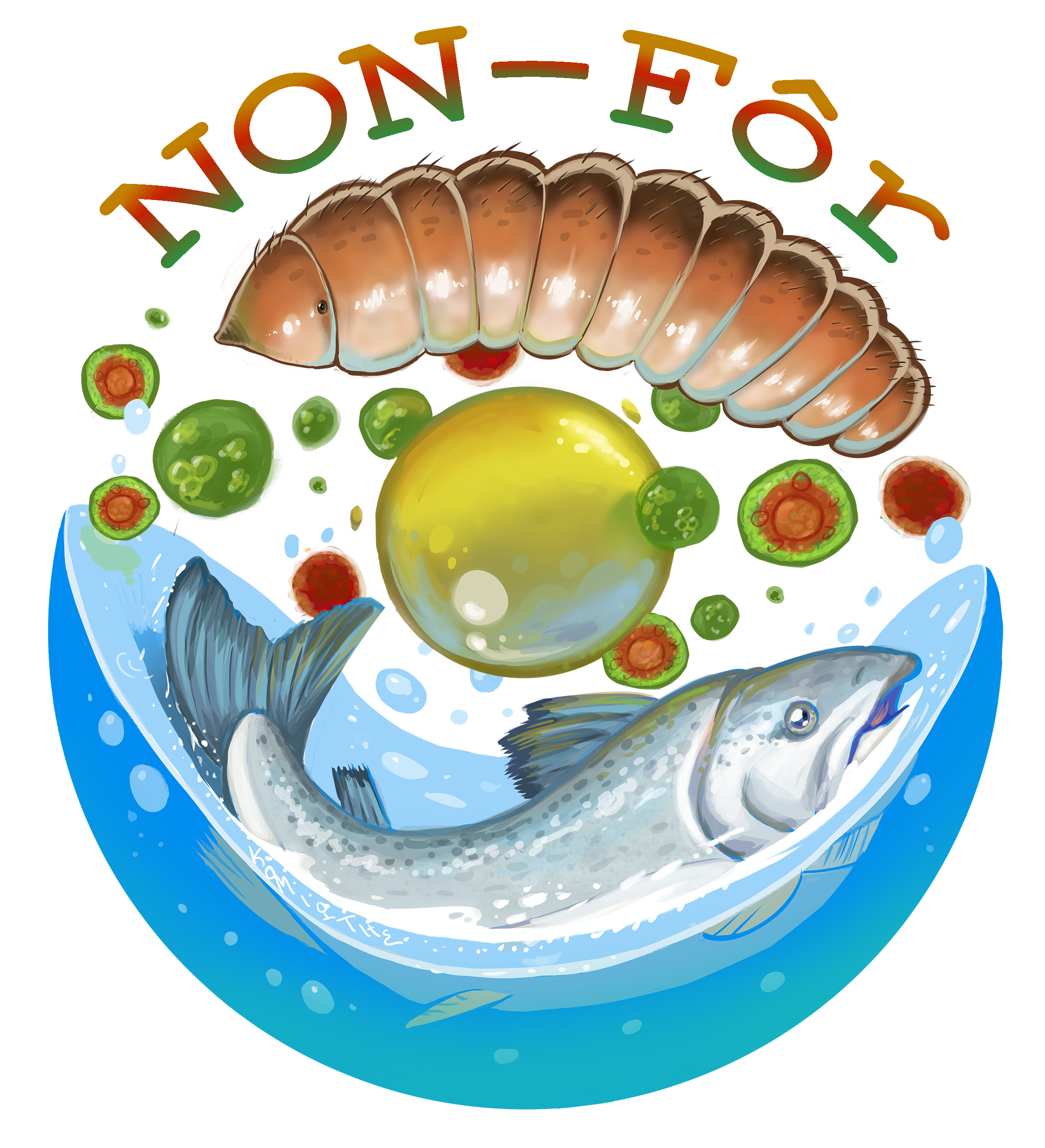What is the full potential of microbial ingredients in salmon feed?
Salmon farming has already reached the limits of sustainable growth with traditional feed ingredients. Hence, we are testing alternative feed ingredients for the industry. Now, we are happy to report that our collaborative efforts (for workpackage 3; https://blogg.nord.no/nonfor/tasks/) have started, to test next-generation feed components, at the excellent research facilities of LetSea AS (https://letsea.no/). Atlantic salmon, during and after smoltification, will be offered oil from Schizochytrium sp. and astaxanthin from Hematococcus pluvialis. Microbial ingredients for the project are provided by the omega-3 fatty acid producer Veramaris (https://www.veramaris.com/home.html) and a start-up company that produces astaxanthin, FjordAlg AS (https://www.fjordalg.com/index.php/en/) to capture the potential of their commercially available sustainable alternatives to fish oil and synthetic pigments, respectively. Four experimental diets were formulated for the freshwater phase experiment and they were produced by BioMar (https://www.biomar.com/no/norway/). After 3 months of freshwater phase, the experimental fish will be PIT-tagged and transferred into sea cages for the seawater phase of our trial. The findings from this study will help the fish farmers make confident choices on adopting the new feeds in their supply chain, without compromising the quality and safety of their seafood products. This is important because consumers want their salmon to be ‘good for them and good for the planet’. Modern consumers want the aquaculture industry to not only care about the health and welfare of farmed fish but also be conscious of their products’ nutritional qualities including the omega-3 content. Stay tuned for progress updates……………………
